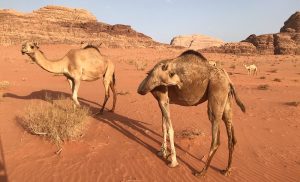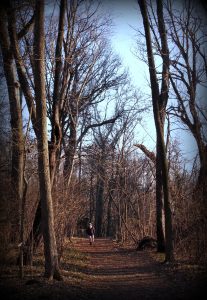Chimpanzee Trekking Rules in Uganda 2024
Chimpanzee trekking in Uganda is an extraordinary experience that allows you to observe these fascinating primates in their natural habitat. Uganda, known for its lush forests and rich biodiversity, is home to several key chimpanzee trekking destinations, including Kibale National Park and Kyambura Gorge. To ensure a safe, enjoyable, and respectful experience for both visitors and the chimps, there are specific rules and guidelines you need to follow. Here’s everything you need to know about chimpanzee trekking rules in Uganda for 2024.
Why Chimpanzee Trekking Rules Matter
Chimpanzees are intelligent and social animals with complex behaviors and needs. Observing them in their natural habitat is a privilege that comes with the responsibility of minimizing our impact on their environment. The rules set for chimpanzee trekking are designed to protect both the primates and the visitors, ensuring that the experience is beneficial and sustainable for all involved.
Key Chimpanzee Trekking Rules for 2024
1. Permits and Bookings
Before setting off on your chimpanzee trek, you must secure a permit through the Uganda Wildlife Authority (UWA) or an authorized tour operator. Permits are limited and should be booked well in advance. Each trek requires a permit, which helps manage the number of visitors and reduce stress on the chimpanzees.
2. Group Size and Duration
To minimize disturbance, trekking groups are typically limited to a maximum of 6-8 people. This small group size allows for a more intimate and less intrusive experience. Treks usually last 1-2 hours, depending on the location and the movement of the chimpanzees. Keeping the group size small and the trek duration short helps reduce the impact on the chimpanzees.
3. Keep a Safe Distance
Maintaining a safe distance from the chimpanzees is crucial. Visitors are required to stay at least 7-10 meters (about 23-33 feet) away from the chimps. This distance helps prevent the transmission of diseases between humans and chimps, as well as reduces their stress levels. Always follow the instructions of your guide to ensure you are observing from a safe distance.
4. Avoid Flash Photography
Chimpanzees are sensitive to sudden movements and bright lights. Flash photography is strictly prohibited to avoid startling or disturbing them. Instead, use natural light or adjust your camera settings to capture their behavior without causing stress. Respecting this rule ensures that the chimps remain comfortable and are not frightened by the presence of visitors.
5. No Feeding or Touching
Feeding or attempting to touch the chimpanzees is strictly forbidden. Chimps have specific dietary needs and feeding them human food can harm their health. Additionally, physical contact can transmit diseases and disturb their natural behaviors. Observe from a distance and let them engage in their natural activities without interference.
6. Follow the Guide’s Instructions
Your guide is trained to ensure both your safety and the well-being of the chimpanzees. Always follow their instructions and guidance. They will provide information on how to behave around the chimps and what to do if you encounter any issues. Adhering to their advice helps maintain a safe and respectful environment for everyone.
7. Health Precautions
Before trekking, ensure you are in good health. If you are feeling unwell, particularly if you have any symptoms of contagious diseases, it is best to postpone your trek. Chimpanzees are susceptible to human diseases, and your health is crucial to preventing potential outbreaks.
8. Respect the Environment
While trekking, be mindful of the environment. Stick to designated trails and avoid trampling vegetation. Littering is not allowed, and all waste should be carried out of the park. Protecting the habitat ensures that the chimpanzees and other wildlife have a safe and clean environment to thrive in.
Conclusion
Chimpanzee trekking in Uganda offers a remarkable opportunity to witness one of our closest relatives in their natural habitat. By following these rules and guidelines, you contribute to the conservation of these incredible primates and help ensure a memorable and respectful experience. Remember, your actions can have a significant impact on both the chimps and their environment, so adhere to the rules, respect their space, and enjoy this unique adventure responsibly.
Prepare for your trek with us by booking permits in advance, Contact us for more information and please follow health guidelines, and embrace the natural beauty of Uganda’s forests. With these steps, you’ll be well on your way to an unforgettable encounter with the chimpanzees of Uganda.




